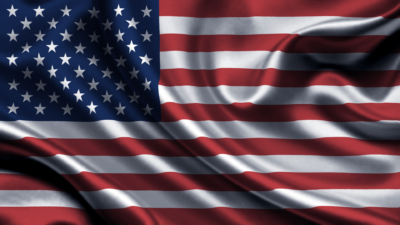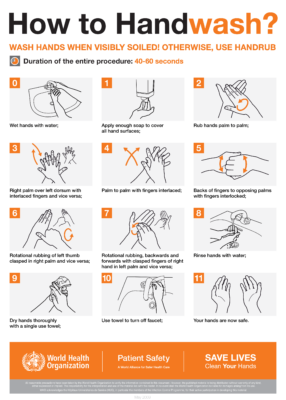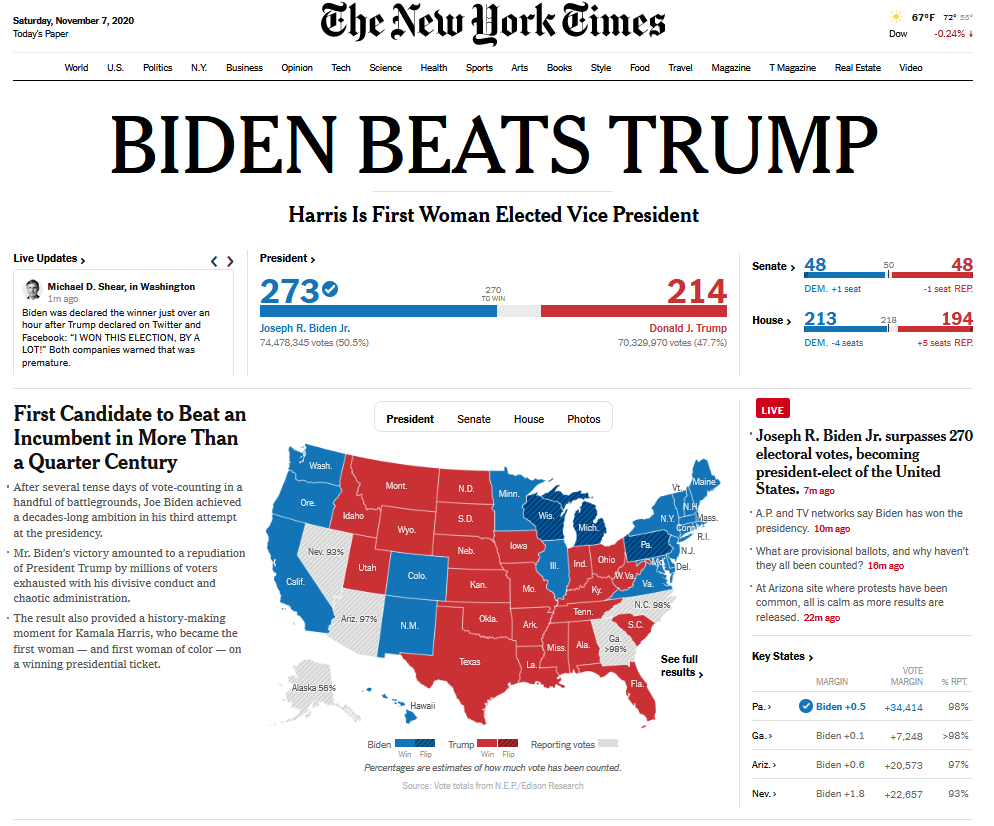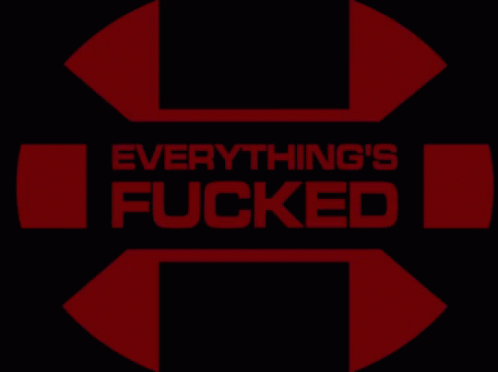Back in March, about a million years ago in QuaranTimeâ„¢, when we were still afraid of our cereal boxes and soup cans, TGF and I made a decision that we would finally go paperless on the bills.
There’s no marginal amount of irony in us going paperless now. I spent 15 years working in the environmental non-profit space. You’d think that we’d have gone paperless a long time ago.
The thing about paper bills is they function as a physical reminder that I need to pay that company. I see them, handle them, and am bothered by them much the same way I am bothered by the pip on my email program that tells me how many new messages I have.
Paperless bills seem to make sense from an environmental perspective too. Activists have been screaming for years about deforestation across the globe.
The Amazon rainforest has lost close to 20% of its mass in the past 40 years. Trees are, in fact, one of humanity’s best allies in fighting climate change.
You’d think it would make sense to go digital for bills. But there’s the thing: digital isn’t free.
We think of digital – those email notifications from credit card companies, insurance companies, and utilities – as existing <waves hand> in the cloud, nebulous and not corporeal.
Digital is real. The cloud takes storage capacity and that capacity lives in massive server farms in the American Midwest.
Those server farms take energy. Lots of it.
In a report card published in December 2019 , Wired said the top three cloud providers – “Amazon Web Services, Google Cloud, and Microsoft Azure — account for about two-thirds of the rentable computing services.
That means almost every email, streaming service binge watch session, web search, or online bill paying activity most likely goes through one of those three companies.
And it’s not just more modern services like video streaming taking up space.
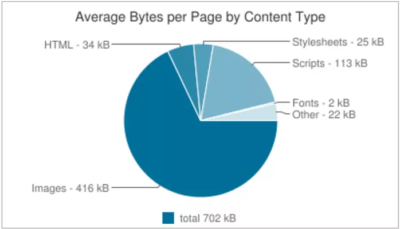
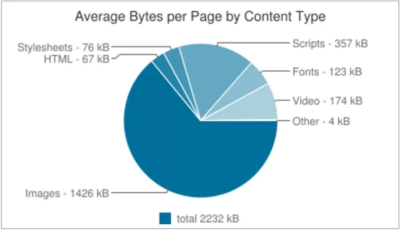
Analysis by KeyCDN based on data provided by the HTTP Archive shows that the average web page size increased from 702 kb in 2010 to 2,332 kb in 2016. That’s a jump of  218% in just 6 years, mostly due to images and video.
I’m old enough to remember when access speeds were so restricted that if your web page file, because there were no content management systems or externally loaded CSS or JavaScript files back then, edged toward 50 kb you were pushing your luck.
The idea that on average video takes up more than triple that in size boggles my mind.
Digital isn’t free. It contributes to the climate crisis in a massive way even beyond those giant data centers.
That device that we all have glued to our hands, the one with more power than the computer that sent humans to the moon for the first time, is a leading factor.
Going paperless hasn’t been the boon I expected. During the transition I missed at least three payments to three different credit card companies, primarily because I get about 800 emails a week.
I recently decided to destroy the updates tab in Gmail. I bulk selected everything and moved it to my primary tab. And when I was done I had 1,400 emails to sort through. At least only 857 of them were “unread.”
Starting now I’m going to tie knot in the digital firehose.
